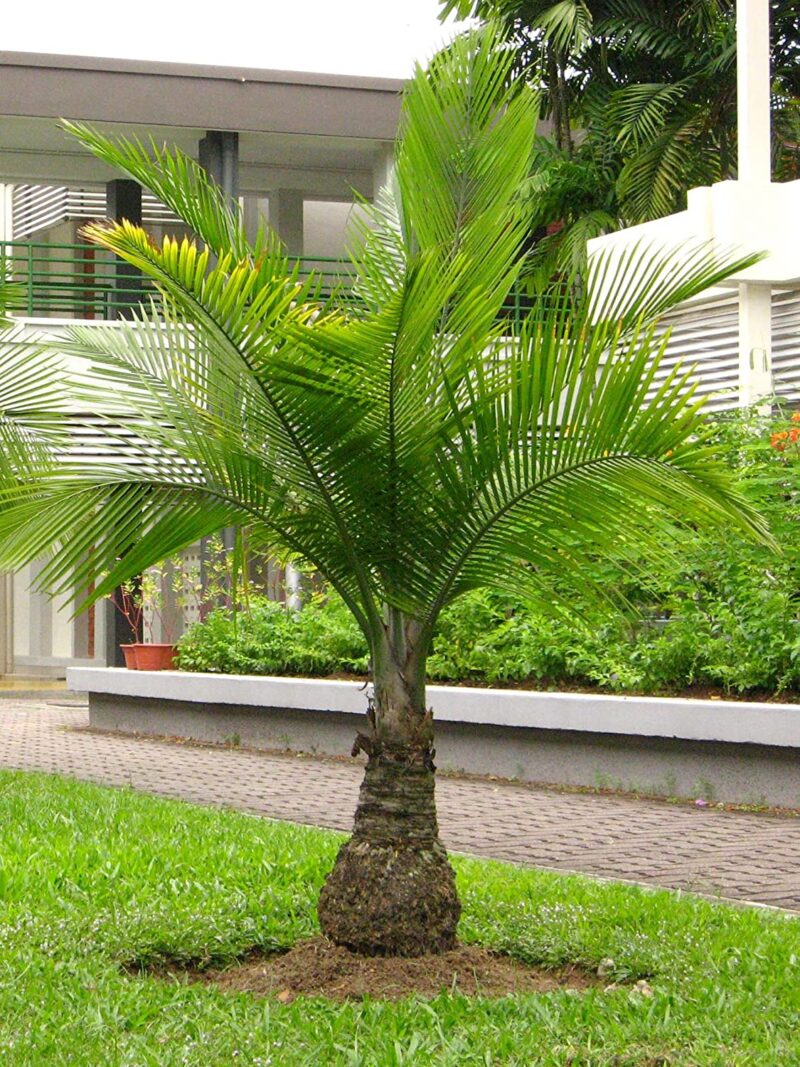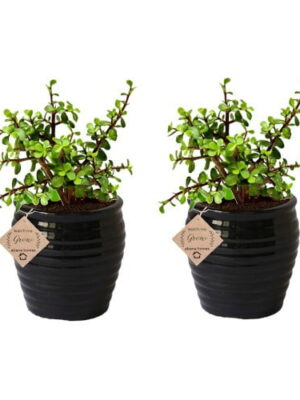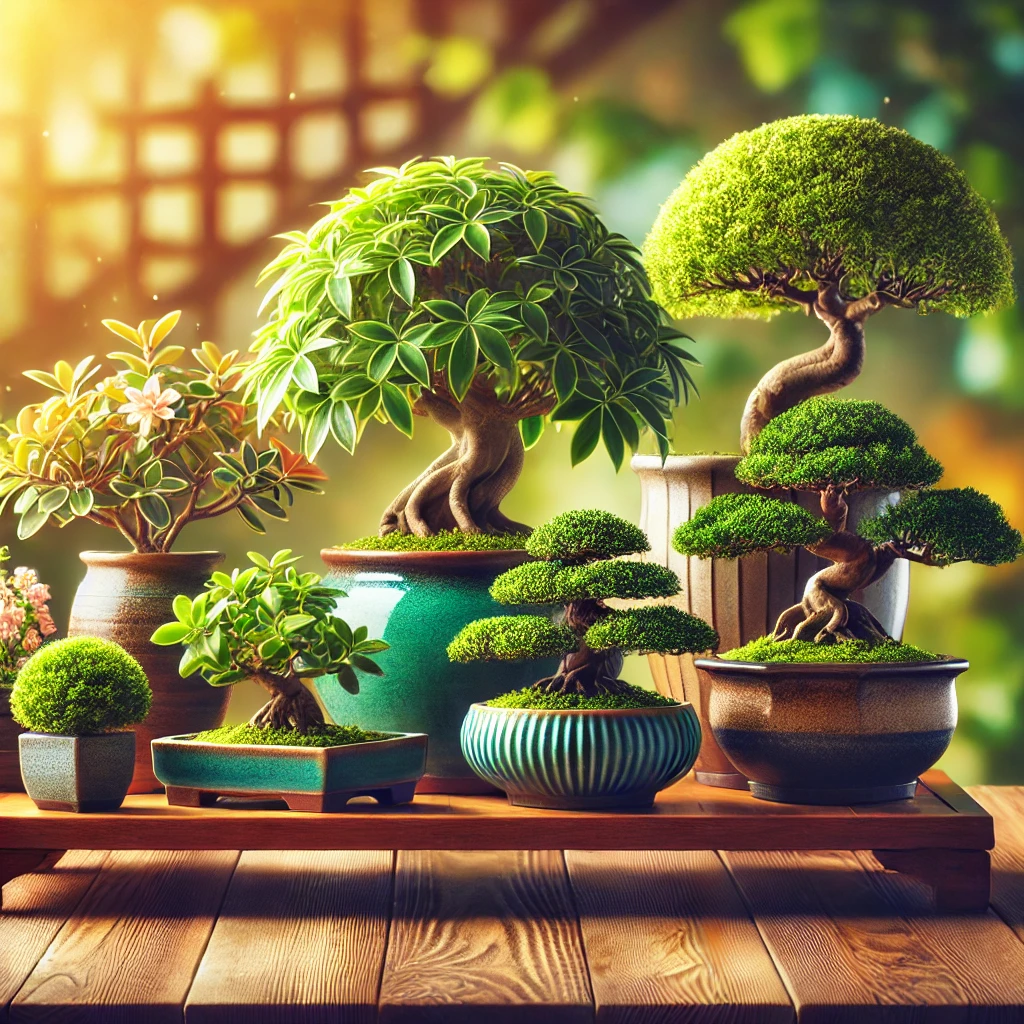Bottle Palm Tree
The Bottle Palm is a huge and handsome palm that has been planted as an ornamental tree across the tropics and subtropics. The trunk is thick, smooth, and grey-white in color, with a prominent bulge beneath a unique green crown. When they’re young, they’re green, but they turn crimson, then purplish-black as they grow older.
Every leaf that falls or is plucked from a palm tree leaves a mark in the shape of a circle or semicircle. Bottle palm Trees with a crownshaft (such as the royal or bottle palm) leave a ring all the way around. They make excellent potted palms because of their sluggish growth, compact root ball, ease of care, and overall appealing appearance.
Bottle palm tree can be used as a container plant for a sunny patio in small to large garden beds more significantly in the middle of a circular driveline, a corner way, or walk at the entry – as long as there is enough space for the fronds to stretch out in the pool cage planter.
Caring Tips
- The roots of the bottle palm plant don’t like to be sitting in the water for a longer period of time.
- Fertilize your tree regularly to boost its growth.
- They dislike being in frost climates.
- Though they are drought-tolerant, try to give them enough water.
- They prefer well-draining soil for optimum growth.
- You can prune unhealthy or dead leaves for healthy development.
- Try not to disturb the bootle palm tree regularly as it might create chaos for the plant.
Growing Instructions for Bottle Palm Plant
- Bottle palm trees prefer drier soils and require mild temperatures all year.
- Sunlight, well-drained soil, and plenty of potassium, either on-site or supplied annually as a feed, are ideal site conditions for bottle tree palm care.
- You should dig a hole twice as deep and wide as the root ball when planting a bottle palm.
- To improve drainage, add sand or dirt, and plant the palm at the same depth as it was in its container.










Reviews
There are no reviews yet.